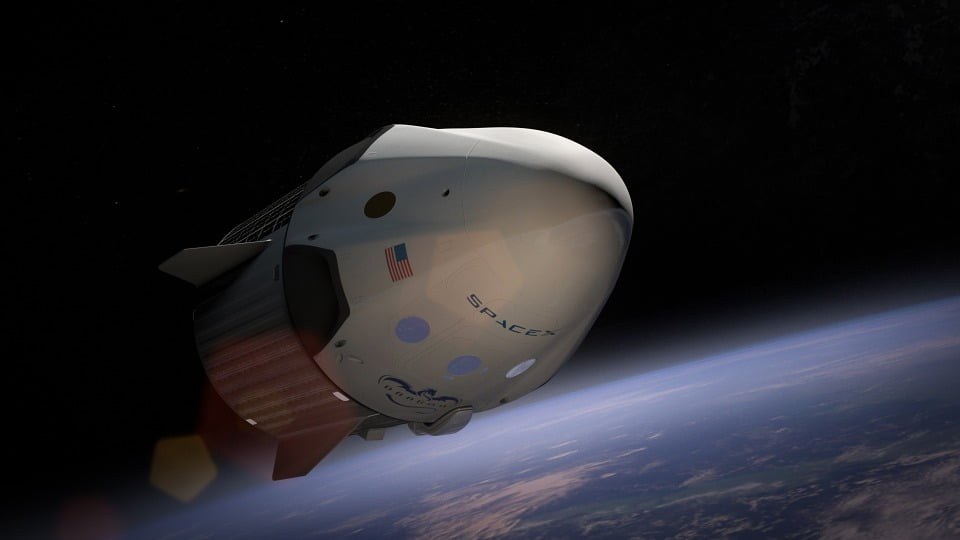In “The Build or Buy Decision of Lead Generation: Core versus Context”, we discussed how businesses should allocate resources to optimize revenue through differentiation. “Core” refers to the innovative processes that businesses undertake to create differentiation that wins customers. “Context” refers to all other company practices businesses implement. Many companies become bloated when trying to acquire new customers, and begin carrying as much context (if not more) as core. Before long, these companies find that no matter how many resources they add, they can’t seem to escape anemic growth. Perhaps this is because so many of these resources are context (weight) rather than the fuel necessary to maintain growth. Physics can teach us something here about resource demands.
What Physics Teaches us about Resource Demands
The benefits of outsourcing are best illustrated through the process of launching a rocket into space. When contemplating a rocket launch, the allocation of the crucial resource of fuel is the primary consideration. Approximately 94% of a spacecraft’s fuel is used to complete less than 25% of the entire journey. In comparison, only a mere 6% of the rocket’s fuel is needed to finish the remaining 75% of the distance to the destination.
The rocket requires an extreme amount of resource for minimal payout. This is due to the fact that a spacecraft must first overcome inertia in order to reach escape velocity. Only then can the rocket fly smoothly with minimal expenditure for maximum distance payoff.
If the rocket expended a little bit of fuel at a time, it would never achieve escape velocity. It must burn a huge amount of fuel in a very short time to break out of the earth’s gravitational pull. From there, a small amount of fuel will carry it the rest of the way.
Businesses face the same dilemma as the rocket: if they hire a few resources here and there and spread them out over a number of departments, they will never achieve high growth rate. Like the spaceship, companies will experience flat growth rate unless significant effort is expended to move them out of inertia. This requires concentrating resources on core—not context—activities.
Say a company had $1 million to spend on additional hiring in the next fiscal year, and on average this means ten (10) new headcount.
Would the company get the most bang for its buck by adding all ten to one department, such as product development, or by distributing the ten across all departments for equal headcount growth?
Most would agree that concentrating all new headcount on either core product development or service would bring the company more competitive advantage and win more customers.
Read about the third Build or Buy decision, “Strategic Outsourcing”.

